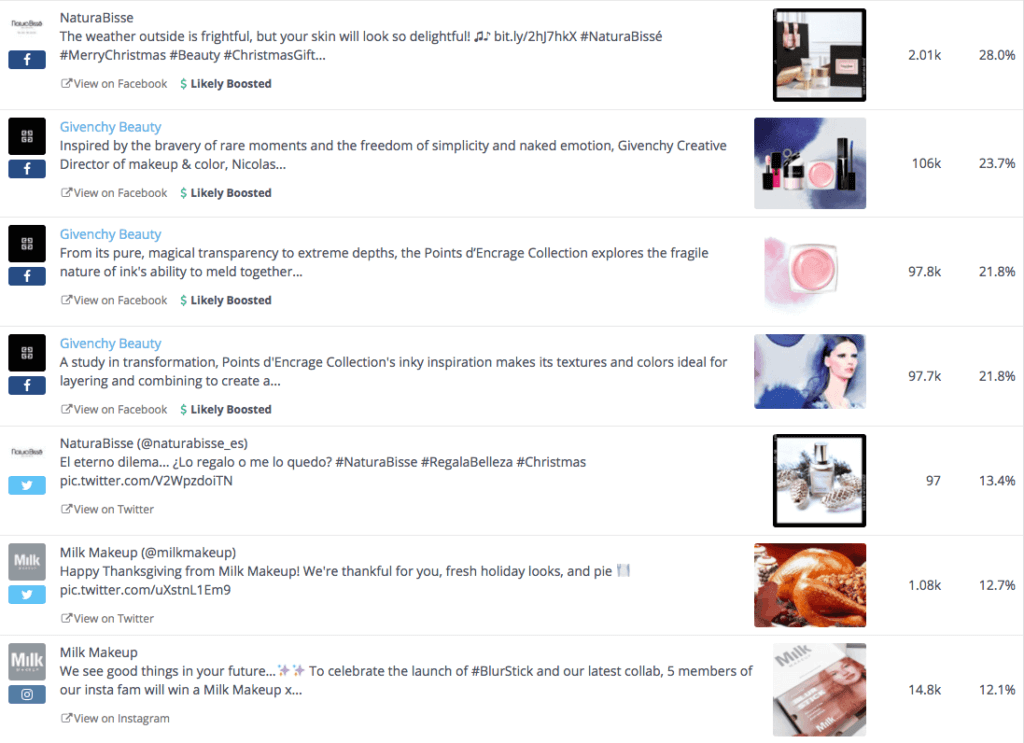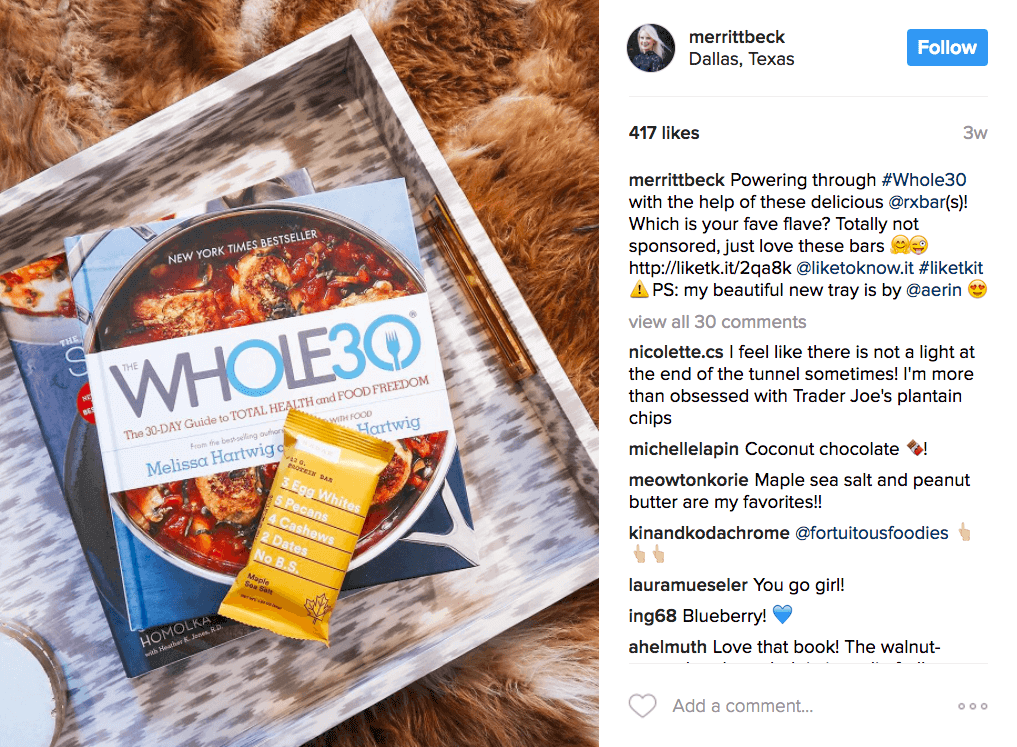Even the best social media marketers encounter everyday bumps in the road. While the struggle may be real, the good news is: these social media marketing problems can be solved.
Here are a few helpful tools and strategies you can implement right now.
Your Social Media Marketing Problems, Solved.
Problem #1
You’re pressured to “pay to play,” and you’re not sure if you should.

Remember the good ol’ early days of social media? I sure do. Brands were joining Facebook and Twitter left and right and connecting with audiences for free. All marketers had to do was create excellent content, drive traffic to their page, and sit back and watch as the likes, shares, and followers started rolling in.
As you know, today’s social media world looks a little bit different. Changing algorithms are a harsh reality, and audiences (especially on Facebook and Instagram) aren’t automatically receiving your updates anymore, regardless if they’ve opted in to “like” or “follow” your accounts or not.
How to solve this problem:
While it’s hard to beat the free exposure we enjoyed 8-10 years ago, the good news is paid social media advertising is incredibly effective in helping marketers connect and better target the right audiences. Best of all, you can track the results of your content and demographics along the way, equipping you with the data you need to learn what works and what doesn’t in real time, and tweak as needed.
Get started with paid social media advertising by:
- Get the whole company on board! For a little boost in organic reach, don’t be afraid to invite your whole team or organization to help share your message on social media. Your colleagues each have their own trusted networks that could be looking for what you have to offer. This can be a really easy sell if your employees are especially passionate about your product, service or cause.
- Starting small: Designate a small weekly budget to boost your posts and tweets to the top of your follower’s news feeds. Just $5-$10 is a great start to boost engagement on a single post, which will increase the post’s organic reach as well. The more interaction an update has, the more times it will be pushed to the top of News Feeds, making it more visible to existing followers and new audiences.
- Strategically boost: First, post a series of updates organically, making sure you’ve tagged people (if relevant to the post) and included a photo or video to increase its rank in the algorithm. Then, see which posts perform the best organically (the ones that receive the most likes or comments). From there, use $10 (or whatever your budget allows) to boost the post to enhance its performance.

- Looking back: Instead of just posting new content, you can also evaluate previous posts that have historically performed very well. Since it’s done well in the past, chances are it will do well as sponsored content too. Create an ad featuring top-performing historical content (both text and visual) and use it to reach your target audience in a News Feed or sidebar ad. Pay to send the ad to a targeted demographic group by location, age, interests and more to reach a mix of current followers and new audiences.
- Advertising Something Specific: In addition to boosting daily social updates, try creating sponsored content that is similar to a traditional ad: promoting something specific. Choose something timely, like a sale, or a new product that your target audience will find valuable, to get the best return. For example, you may advertise coats just before the winter season begins, or offer health and fitness class packages at the start of the New Year. Being specific in your ad increases the likelihood it will resonate with your viewers, and encourage engagement and action.
Problem #2
You’re creating great content, but influencers don’t notice, engage or promote your brand.

How to solve this problem:
When an influencer shares your content or promotes your product or service, their dedicated fans are paying close attention. These mentions directly influence consumer-purchasing decisions. Every social media marketer wants influencers to notice and promote their brand, but it can be difficult to attract their attention in the first place. Just like any relationship, it takes two to create a strong connection, but as the brand, it is up to you to do the initial legwork to get on their radar.
After creating a steady stream of excellent content with your editorial calendar, take these steps to begin building relationships with influencers.
Offer something valuable.
Humans are pretty simple; we pay attention when given a reason to care. Brands are in excellent position to offer influencers products and services as an introduction to the brand, and incentive for promotion. Offers may include a free first class or mailing a product in exchange for an honest review.
Before the offer can happen, social media marketers should start by listening to determine what someone will elicit a positive response. Spend time studying an influencer’s current content. Often, what they talk about most reveals their priorities.
How RX Bar earned an ambassador
During the New Year, it’s no secret that diet and fitness are on a lot of people’s minds. The Whole 30 is a popular diet plan that’s been trending the last few years. Merritt Beck of The Style Scribe prioritizes health and fitness and shared her Whole 30 journey online. When she tried a Whole 30 approved RX Bar, she took to Snapchat to share how much she liked it. It’s a small world, so naturally one of her followers who works for RX Bar saw her post and took the initiative by sending her multiple flavors to try. Consequently, Merritt talked about the pleasant surprise and then elaborated about her new favorite flavors. She discussed the experience on her more casual platforms like Snapchat, but also mentioned it in one of her weekly videos on YouTube (a more polished production). For hardly any effort or cost, that RX Bar marketer just skyrocketed awareness of the product and increased reach among a new audience of fans devoted to Merritt and her opinion.

In your listening, take opportunities like RX Bar to:
- Offer to send a free product, or take proactive initiative and just mail it.
- Take opportunities to mention influencers in your content, and tag them. If you’re writing about something that pertains to them and it’s a great fit, include it. Do not include force fits. That can potentially create an awkward and confusing situation for both the influencer and the reader.
- Comment on the influencer’s content with some frequency (just be sure to strike a balance between not enough interaction and too much. Too much and you may be perceived as a stalker).
Problem #3:
Sometimes it feels like you’re just talking to your audience, instead of engaging in a valuable, two-way dialogue.

By now, most of us are familiar with the drill: listen to your audience, create content they want, and monitor the feedback. But at what point does that just become talking AT your audience, instead of creating meaningful moments from both sides of the screen? After awhile, it can almost feel like you’re droning on and on at a party, while the person you’re talking to has stopped listening and is eyeing the food spread in the corner instead. How do you captivate your audience and make them excited to spread the word about your brand?
How to solve this problem:
Bring the human element back to your listening and engagement process. Data is wonderful, and understanding what it means is key, but an important next step is to adapt the findings into a future strategy that will work in the real world.
- Human filter. Beyond measuring whether something is positive, negative or neutral, take some the time to deep dive into the posts to experience the conversation first hand, as if you are a third party consumer. Do you detect excitement or passion for a particular area? What about sarcasm? Something might sound like positive sentiment to a machine when in real life, there might be a little attitude behind it that changes the meaning altogether. Be the judge of how your audience is responding, and adjust accordingly.

IBM does a great job of keeping the conversation going both ways. Here, they tell a follower how to get their very own TJ Bot.
- Dig deep. Do not just rely on the numbers. Immerse yourself in your audience’s world. And, don’t forget to participate! Respond to questions or simply with commentary, favorite a tweet, post an emoji in response to a compliment, and solve someone’s problem. Businesses that behave like individuals do much better on social media than those who act like “brands.” While maintaining professionalism, treat your business profiles like a personal one by responding and speaking like a human and you’ll more easily connect with those you want to reach.
- Speak their language. Just like you might start to adopt slang or fashion that a group prefers, you will need to do the same amount of dutiful research and evaluation to make your brand welcome in a sea of conversations among your target audience. Designate a member of your team or a couple of hours per week to investigate, participate and let your findings sink in to inform your future content creation and outreach strategy.
- Act on needs/requests. Create specific content that addresses an audience need or demand. For example, blogger Autumn Meyer created a private Facebook group in January 2017 called Abundant30. The idea was to support people trying to live a balanced, healthy lifestyle, without necessarily committing to a program like Whole30. As the month drew to a close, members of the group begged Autumn to keep it going, as it had become so helpful to them. Instead of shutting it down like she planned, she decided to repurpose some of the successful posts and popular discussions by reposting into the month of February. She is responding to her audience’s preferences and finding a sustainable way to do so. What more can you ask for?
These tips will help you understand your core audience base, and create content that will deeply resonate, resulting in more meaningful connections.
Will you please do us a favor?
Tackle at least one of these problem areas in your business this week, and let us know the outcome. We hope these suggestions are as helpful to you in practice as they are to us. We want to hear how it goes, so please check back in and share. Happy problem-solving!
